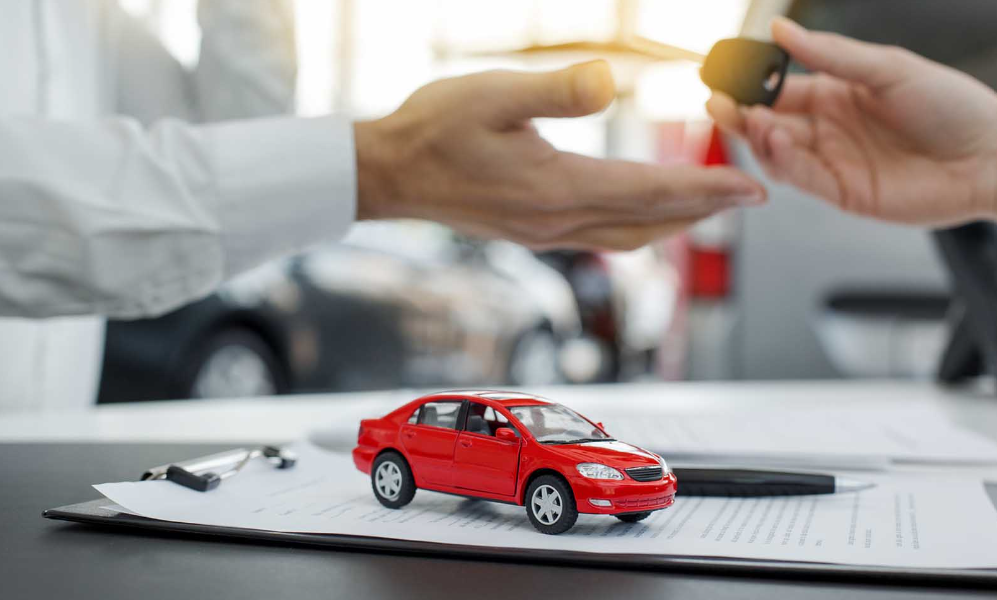Ever wondered if you should be Car Leasing or Buying a new one? Mostly, it is the choice of the buyer based on their requirements or their priorities. For some drivers, it’s purely a matter of dollars and cents. So, Which is the less expensive option right now?
Before choosing the road you go down, it’s important to understand the key distinctions between leasing a car and buying one.
What is Car Leasing?
When you lease a vehicle, you pay to drive it for a certain length of time. The average lease is 24 or 36 months, although you can find even longer leases. Restrictions apply to how many miles you can drive and modifications that you may wish to make to it. Various fees will apply.
Once your lease period ends, you have the option to return the vehicle to the dealer or purchase it at a predetermined amount, as defined in the lease contract.
What is Buying a Car?
When you buy a car, you immediately take title to it. You own it outright if you pay for it with cash or after a loan is paid off if you finance your purchase. You maintain control over all aspects of the vehicle and ultimately can keep it, trade it in, sell it, or give it away.
Car Leasing or Buying: Which Way to Go?
Since we have understood the meaning of Car Leasing or Buying, lets compare some factors that must be considered while Car Leasing or Buying.
Ownership
| Leasing | Buying |
| You don’t own the vehicle. You get to use it but must return it at the end of the lease unless you decide to buy it. | You own the vehicle and get to keep it as long as you want it. |
Mileage
| Leasing | Buying |
| The lease sets the maximum number of miles that you can drive the car each year. Most leases come with the choice of a 12,000 or 15,000-mile annual allotment. The monthly payment will increase slightly if you go for the higher yearly mileage. If you exceed the mileage limit in the contract, then you will be expected to pay the dealer for every extra mile at the end of the lease. | You’re free to drive as many miles as you want. But keep in mind that higher mileage lowers the vehicle’s trade-in or resale value. |
Fitting of Accessories
| Leasing | Buying |
| The vehicle is yours to modify or customize as you like, although doing so may void your warranty. | Because you must return the vehicle in salable condition, any modifications or custom parts you add have to be removed. If there is any residual damage, you’ll have to pay to have it fixed or you’ll need to file an insurance claim and pay a deductible. |

Early Termination
| Leasing | Buying |
| If you end the lease early, charges can be as costly as sticking with the contract. On occasion a dealer may buy the car from the leasing company as a trade-in, letting you off the hook. | You can sell or trade in your vehicle at any time. If necessary, money from the sale can be used to pay off any loan balance. |
Up-Front Costs
| Leasing | Buying |
| They can include the first month’s payment, a refundable security deposit, an acquisition fee, a down payment, taxes, registration, and other fees. | They include the cash price or a down payment, taxes, registration, and other fees. |
Conclusion: Car Leasing or Buying
Deciding between leasing and buying a car will come down to your driving needs and financial situation.
Leasing can be great if you’re looking for lower monthly costs, want a new car with new car technology every few years, and don’t want to worry about certain tasks, such as selling your car. Leasing can also put you into a luxury model that otherwise might be out of budget.
Buying a car means you’ll either own it if you paid cash or build equity in it as you pay off a car loan. You’ll have total control over your expenses and can service or repair it according to your needs. You’ll have the freedom to drive as much as you like, modify your car, and dispose of it in on your terms.
In a longer run, buying has proven to be a better financial decision!!!
Also Read: Car Leasing Terminology You Must Know About
